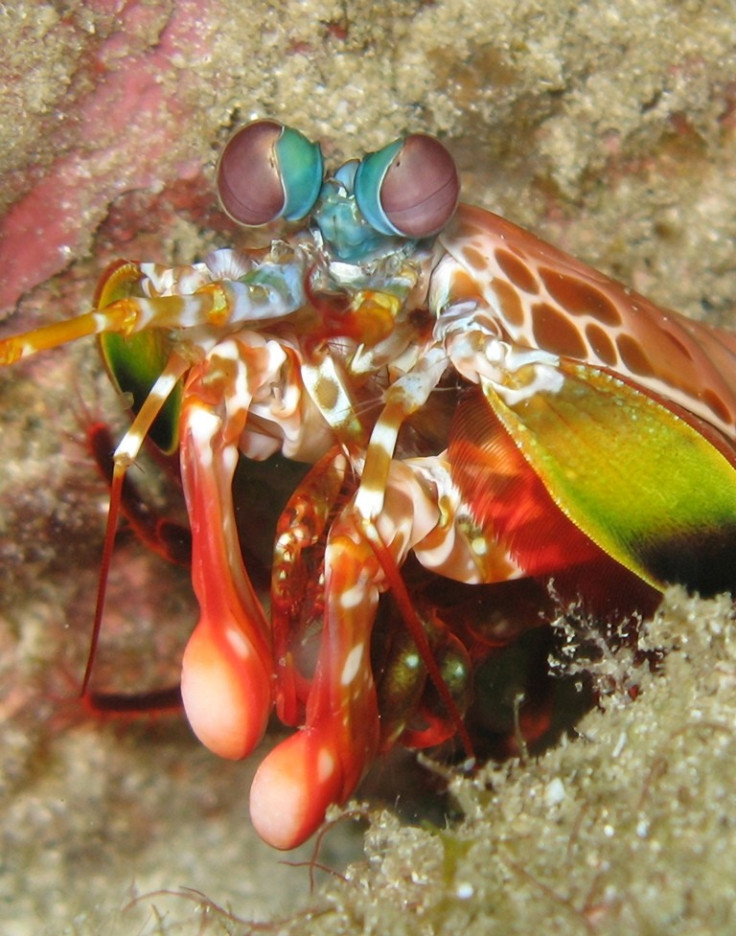Club-Like Arm of Mantis Shrimp Could Help In Aircraft Frames Construction

The unique structure of the club-like arm of the mantis shrimp could help in the construction of military body armour and vehicle and aircraft frames, new research claims.
The research conducted by a team from the University of California, Riverside, has been published in the latest edition of the journal Science.
According to the research, the bright orange fist-like club of the mantis shrimp, or stomatopod, a 4-inch-long crustacean found in tropical waters, accelerates underwater faster than a 22-caliber bullet. Repeated blows can destroy mollusk shells and crab exoskeletons, both of which have been studied for decades for their impact-resistant qualities.
The power of the mantis shrimp is exciting, but David Kisailus, an assistant professor at the Bourns College of Engineering, and his collaborators, were interested in what enabled the club to withstand 50,000 high-velocity strikes on prey during its lifespan.
They found that the club is a highly complex structure, comprised of three specialized regions that work together to create a structure tougher than many engineered ceramics.
The first region, located at the impacting surface of the club, contains a high concentration of mineral, similar to that found in human bone, which supports the impact when the mantis shrimp strikes prey. Further inside, highly organized and rotated layers of chitin (a complex sugar) fibres dispersed in mineral act as a shock absorber, absorbing energy as stress waves pass through the club. Finally, the club is encapsulated on its sides by oriented chitin fibres, which wrap around the club, keeping it intact during these high velocity impacts
"This club is stiff, yet its light-weight and tough, making it incredibly impact tolerant and interestingly, shock resistant," Kisailus stated. "That's the holy grail for materials engineers."
Kisailus said the potential applications in structural materials are widespread because the final product could be lighter weight and more impact resistant than existing products.
For example, with electric cars less weight will reduce power consumption and increase driving range. With airplanes, less weight would reduce fuel costs and better impact resistance would improve reliability and cut repair bills.
But Kisailus is primarily focused on improving military body armour, which can add 30 pounds to a service member's load. His goal is to develop a material that is one-third the weight and thickness of existing body armour.
© Copyright IBTimes 2024. All rights reserved.






